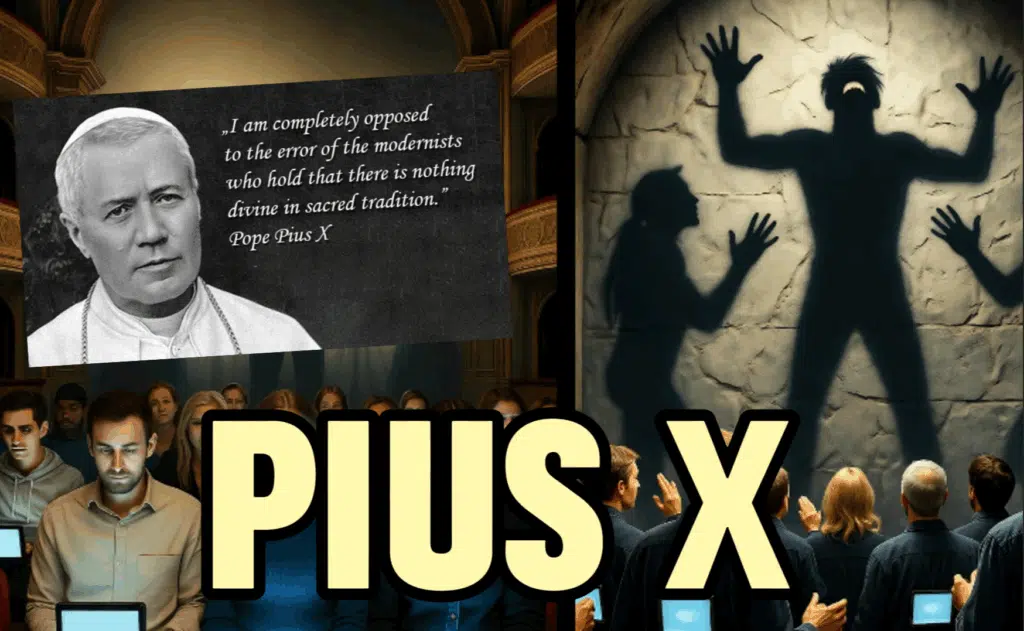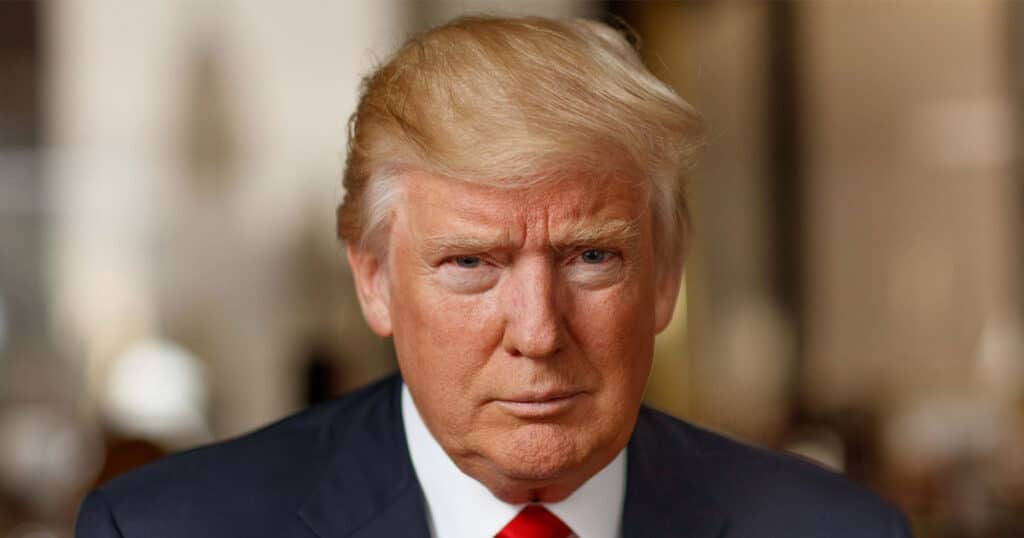
U.S. Supreme Court Case Poses an Important Constitutional Question: What Constitutes ‘Income?’
The U.S. Supreme Court heard oral arguments this past week in what observers have deemed the most important tax case in decades. To answer the question at issue in the case—whether Congress can tax unrealized capital gains as if they were income—the Court will need to define what “income” actually is.
I find this case intriguing both because of my general disdain for over-taxation and over-regulation that Americans are burdened with every day but also because, in deciding this case, the Court will need to examine the U.S. Constitution.
I begin by sharing that our Constitution did not originally allow for the taxation of income. In fact, the Constitution originally permitted only two classes of taxation: 1. Direct taxes, which must be apportioned among the states in proportion to their populations; and 2. “indirect” taxes, specifically duties, imposts, and excises, which must be uniform throughout the country. Only because of the later 16th Amendment is Congress able to impose income taxes on people (as opposed to businesses or other entities). (N. Siegel and Steven J. Willis, National Constitution Center).
These “direct” taxes are specifically laid out in Article 1, Section 9 which states that “no capitation, or other direct tax shall be laid, unless in proportion to the Census or Enumeration …” The “indirect” taxes are specifically laid out in Article 1, Section 8 which states that the “Congress shall have power to lay and collect taxes, duties, imposts and excises to pay the debts and provide for the common defense and general welfare of the United States—but all duties, imposts and excises shall be uniform throughout the United States.”
Well, before the 16th Amendment, Congress did not want to be limited in its ability to tax based upon a state’s population nor did it want to be required to see that its taxes were uniform throughout the country. These constitutional requirements created obstacles. So, those in Congress who wanted the federal government to be able to tax individual income circumvented those restrictions with the passing of the 16th Amendment to the U.S. Constitution which states: “The Congress shall have the power to lay and collect taxes on incomes, from whatever source derived, without apportionment among the several states, and without regard to any census or enumeration.” The 16th Amendment was passed and successfully ratified on February 3, 1913, establishing Congress’s right to impose a federal income tax.
With this in mind, we will return to the Supreme Court case at issue. The case is Moore v. U.S., and it involves a simple set of facts.
As recounted in the Wall Street Journal, “in 2006, Charles and Kathleen Moore invested $40,000 in an 11% equity interest in a foreign corporation. Between 2006 and 2017, the company was profitable but reinvested all its earnings in the business. The Moores thus didn’t receive dividends or any other income from the investment.” Well, “under the 2017 Tax Cuts and Jobs Act, the Moores became subject to a new federal levy called the ‘mandatory repatriation tax’ applicable to investors in overseas corporations …. This new tax treated their allocable share of the corporation’s undistributed earnings as if they were actually received by the shareholders.” (Emphasis added) (H. Adler and L. Willis, WSJ, Dec. 5, 2023).
The obvious legal issue facing the Court is how these completely unrealized “gains” can be taxed as “income.” Simply, how can so-called “income” be taxed if it is never received? In fact, “if realization is no longer a requirement for taxable income, then ‘income tax’ has no boundaries in the Constitution, and Congress can directly tax wealth.” (Id. WSJ, 12-05-23).
I note that property taxes are comparable to taxes on unrealized capital gains since such taxes are imposed without a sale of the house. However, as a policy matter, such taxes are justified based upon the need for the taxing entity, generally the city or parish, to establish a source of funding to provide police, fire, public education, and othercommunity and municipal services.
The Supreme Court has not taken on a tax case of this potential significance in many years. The pro-tax naysayers claim the Court’s “meddling” in this issue could cause the Court to also examine other sections of the Internal Revenue Code. Would that it were. And soon. The Court would do a great service to the American taxpayer by simply (re) defining income in the historic fashion it’s been understood.


